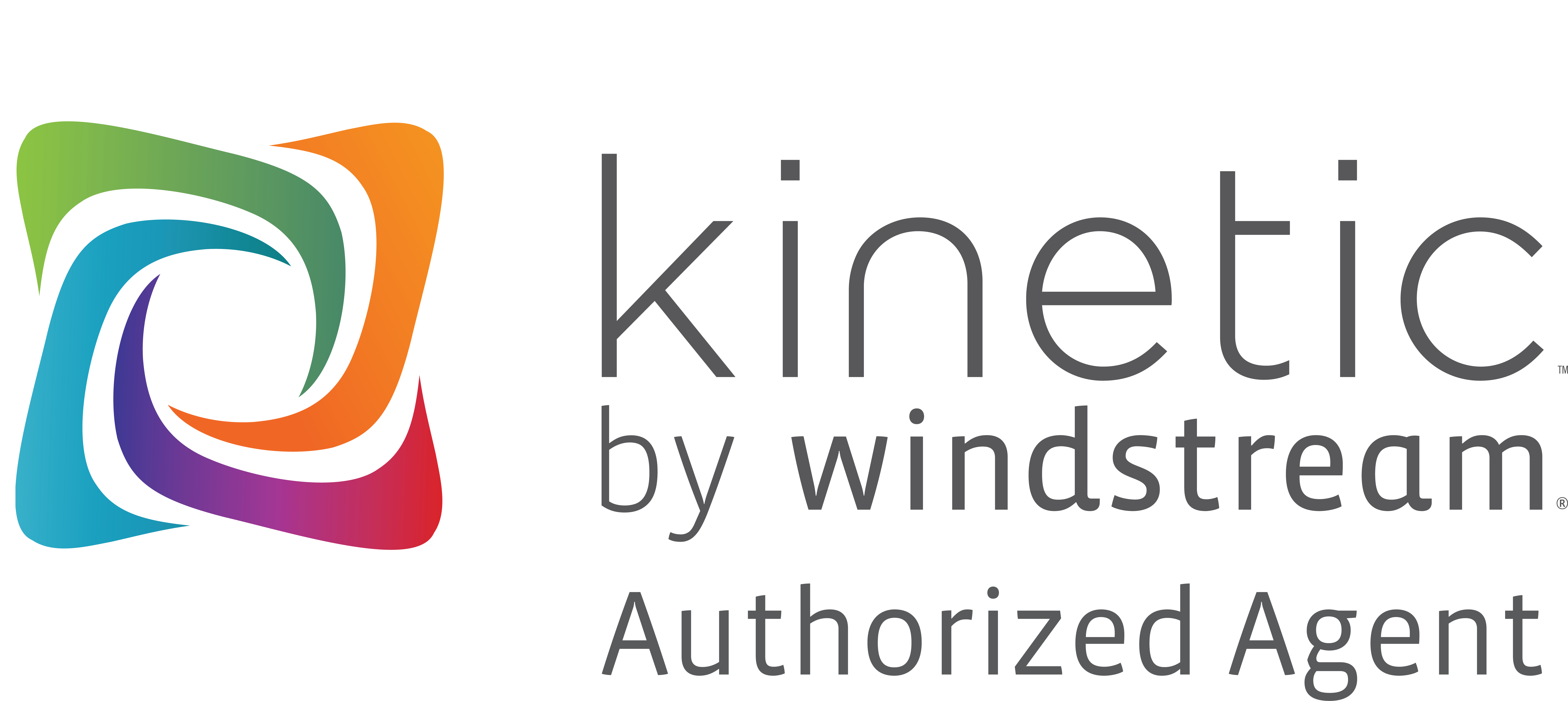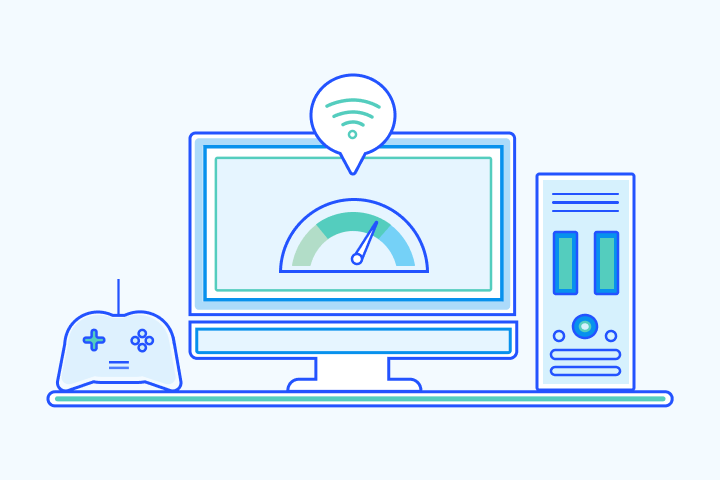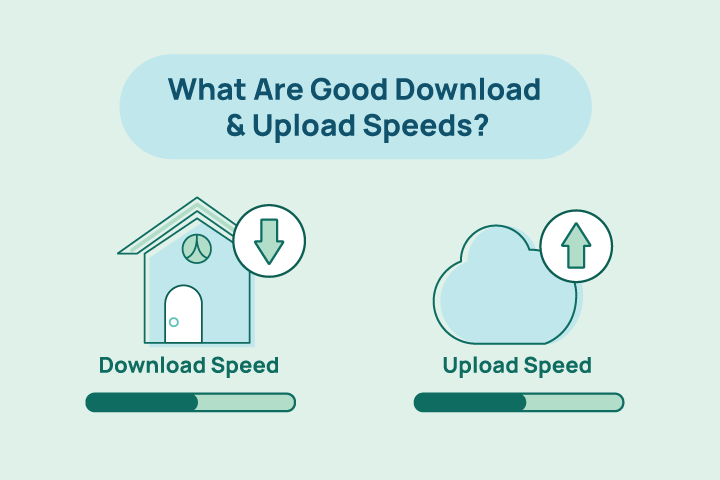Satellite Internet vs DSL: Which is Better?

HighSpeedOptions prides itself on providing honest, quality content. While we may be compensated when you make a purchase through links on our site, all opinions are our own. Here's how we make money.
Table of Contents
While more than 80 percent of American households have high-speed internet service, rural internet options are limited for less than 60 percent of the country. The disparity is often tied to access and service availability.
For customers in these areas, the options are few with the choice often coming down to satellite internet vs. DSL internet. Understanding the key differences between these types of internet connections is key to choosing the best option for your needs, and this guide will help you make an informed decision.
What is Satellite Internet?
Satellite internet works by transmitting a signal between your house and the provider’s network hub via a satellite in geosynchronous orbit. This makes satellite internet available almost anywhere, especially in remote areas where it’s often the only option for high-speed internet access.
Satellite signal reliability depends on your location since trees, mountains, and weather can block the line of sight and impact the signal strength. On top of weather and obstructions affecting the signal, the dish has to be precisely aligned, so satellite internet usually requires professional installation.
One of the benefits of satellite internet is the consistent speeds, which tend to hit the 25-30 Mbps range; however, speeds of 150-200 Mbps are available from providers in some areas. Viasat internet plans offer speeds up to 100 Mbps, which is plenty for a few different users to stream video or play games online.
Costs for satellite service vary from $40-$150 per month depending on the speed, provider, and the amount of high-speed data included in your plan. While Viasat is faster, HughesNet internet offers plans that are often more affordable.
thumb_upPros
- check_circle
Available virtually everywhere
- check_circle
Faster than dial-up
- check_circle
Can overcome physical barriers
thumb_downCons
- cancel
Tends to be expensive
- cancel
Data caps are common
- cancel
Unreliable due to physical elements
Top Satellite Internet Providers
- Fast satellite internet
- Ideal for rural areas
- Up to 3x faster than DSL*
- Best internet protection
- Unlimited data included
- No credit checks
What is DSL Internet?
DSL is considered the first broadband internet and was a welcome replacement for the slow, laggy speeds of dial-up internet. DSL uses the same phone lines to connect users. However, it uses other frequencies that offer faster speeds.
While cable and fiber internet are faster choices, DSL has more availability for internet in rural areas. It’s a convenient always-on service that’s proven highly reliable. It’s not impacted by weather much, but damage to the line can interrupt service.
DSL can achieve speeds up to 150 Mbps, but max speed is ultimately dependent upon your location. In most places, 15-50 Mbps download is the max range, but with slower upload speeds. That can make online gaming speeds and video conferencing lag quite a bit, and the more devices you have on your home network, the more pronounced the lag will be.
One of the benefits of DSL is that it is one of the more affordable options with plans starting at about $40 per month. The price depends on your provider and your chosen speed/data package.
DSL is a reasonable option for people who need reliability and decent speed, as long as they still have a landline. Your distance from an access point limits the quality of the service. The further you are, the slower the service gets.
The government has put some muscle behind DSL and other wired options for internet access. The USDA’s ReConnect program has invested more than $1 billion to date to expand high-speed access to rural and tribal areas.
thumb_upPros
- check_circle
Affordable
- check_circle
More availability than other ground-based internet types
- check_circle
Faster than dial-up
thumb_downCons
- cancel
Slow to average speeds
- cancel
Doesn’t support gaming well
- cancel
Speed depends on distance from provider’s hub
Top DSL Internet Providers
- Simplified pricing
- Unlimited data included
- No annual contract required
Differences Between Satellite Internet & DSL
When deciding between satellite internet and DSL internet service, it’s important to know what your internet needs are. In some parts of the country, availability will make the decision for you. But reliable speed and cost should also factor into your decision.
Availability
Nothing beats satellite service for availability. Viasat and HughesNet offer nationwide coverage, and you can access service from anywhere as long as you can see the southern sky.
DSL is fairly ubiquitous since it runs over phone lines, which most homes and buildings have. But not every phone company offers it, and access is limited by your distance to the phone company’s network access point.
Speed
Speed between the two can be comparable. HughesNet tops out at 25 Mbps, while Viasat can go as high as 100 Mbps. Although not currently available, Starlink internet offers speeds up to 200 Mbps. Meanwhile, DSL consistently hits 15-50 Mbps in most locations, but some locations can have far slower speeds than satellite internet.
Both offer enough speed for general internet use, such as browsing and sending emails. Slower upload speeds make them less than ideal for online gaming, streaming video, or for connected homes.
Pricing
Satellite service generally costs more than DSL, but you’ll find some overlap between higher-speed DSL and slower-speed satellite packages. DSL and satellite internet often have installation or activation fees, and you might have a monthly equipment lease.
Data Caps
Whether or not an internet plan has data caps depends on the provider. Most internet providers have some form of data limits, but do make unlimited data available for an additional cost. In almost every case, DSL internet providers have data caps. Whereas most satellite internet providers offer unlimited data, but do limit high-speed data usage per month. See our guide on internet provider data limits for an in-depth look at data caps.
Latency
DSL uses telephone lines and offers lower internet latency than satellite connections. Typical DSL latencies range from 5 to 70 milliseconds. Satellite internet, which transmits data to and from geostationary orbit satellites, often has latencies of 500 to 1200 milliseconds due to the long distances signals travel. Higher latency is most noticeable in activities like online gaming or video conferencing compared to DSL.
Which is Better?
Particularly in remote areas, availability is a huge factor in choosing the best internet service for you. DSL and satellite internet might offer comparable speeds, but satellite has more accessibility and is constantly improving its speed and reliability. With those considerations in mind, satellite internet is often the best solution for your needs.
Find providers in your area
Table of Contents











